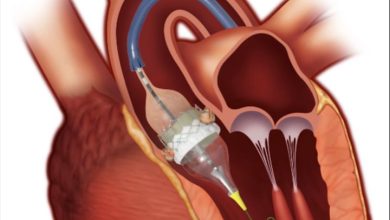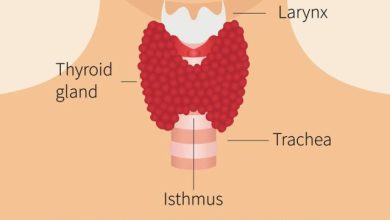Understanding Peyronie’s Disease ICD-10 Codes: A Comprehensive Guide
What is Peyronie’s Disease ICD-10?
Peyronie’s disease is a condition characterized by the development of fibrous scar tissue inside the penis, causing it to curve or bend during erections. This condition can result in pain, erectile dysfunction, and emotional distress for the affected individual.
Code Information
The ICD-10 code for Peyronie’s disease is N48.6. This code is used to classify and code the condition for medical billing and administrative purposes.
Diagnostic Related Groups (MS-DRG)

In terms of MS-DRG, Peyronie’s disease falls under DRG 729 – Other Male Reproductive System Diagnoses with CC/MCC. This DRG categorizes conditions related to the male reproductive system with complications or major complications or comorbidities.
Convert to ICD-9 Code
In the previous ICD-9 coding system, Peyronie’s disease was classified under code 607.89 – Other specified inflammatory diseases of the male genital organs.
Code history

The ICD-10 code N48.6 for Peyronie’s disease was introduced in October 2015 as part of the tenth revision of the International Classification of Diseases.
Approximate Synonyms
Other terms that may be used interchangeably with Peyronie’s disease include penile fibromatosis, induratio penis plastica, and chronic inflammation of the tunica albuginea.
Clinical Information

Peyronie’s disease is thought to be caused by trauma or injury to the penis, which leads to the formation of scar tissue. This scar tissue can prevent the affected area of the penis from expanding during an erection, resulting in curvature or bending.
Causes
While the exact cause of Peyronie’s disease is not fully understood, it is believed to be related to trauma or injury to the penis, genetic factors, and certain medical conditions such as Dupuytren’s contracture.
Symptoms
The main symptom of Peyronie’s disease is the presence of a noticeable curve or bend in the penis during erections. Other symptoms may include pain during erections, erectile dysfunction, and emotional distress related to the appearance of the penis.
Diagnosis
Diagnosing Peyronie’s disease typically involves a physical examination of the penis, medical history review, and possibly imaging tests such as ultrasound or MRI to assess the extent of scar tissue formation.
Treatment
Treatment options for Peyronie’s disease may include oral medications, injections, shockwave therapy, or surgery to correct the curvature of the penis. The choice of treatment depends on the severity of the condition and the individual’s symptoms.
Conclusion
In conclusion, Peyronie’s disease is a condition that can have a significant impact on an individual’s quality of life. Proper diagnosis and treatment are essential to managing the symptoms and improving the overall well-being of the affected individual.
FAQs
Can Peyronie’s disease be cured? While there is no definitive cure for Peyronie’s disease, various treatment options can help manage the symptoms and improve the condition.
Is Peyronie’s disease common? Peyronie’s disease is relatively common, affecting an estimated 9-11% of men worldwide.
Does Peyronie’s disease cause erectile dysfunction? Yes, Peyronie’s disease can lead to erectile dysfunction due to the presence of scar tissue that inhibits normal blood flow to the penis.
Can Peyronie’s disease be prevented? While the exact cause of Peyronie’s disease is not fully understood, avoiding trauma to the penis may help reduce the risk of developing the condition.
Is surgery the only treatment option for Peyronie’s disease? Surgery is not the only treatment option for Peyronie’s disease. There are various non-surgical treatments available, depending on the severity of the condition.









